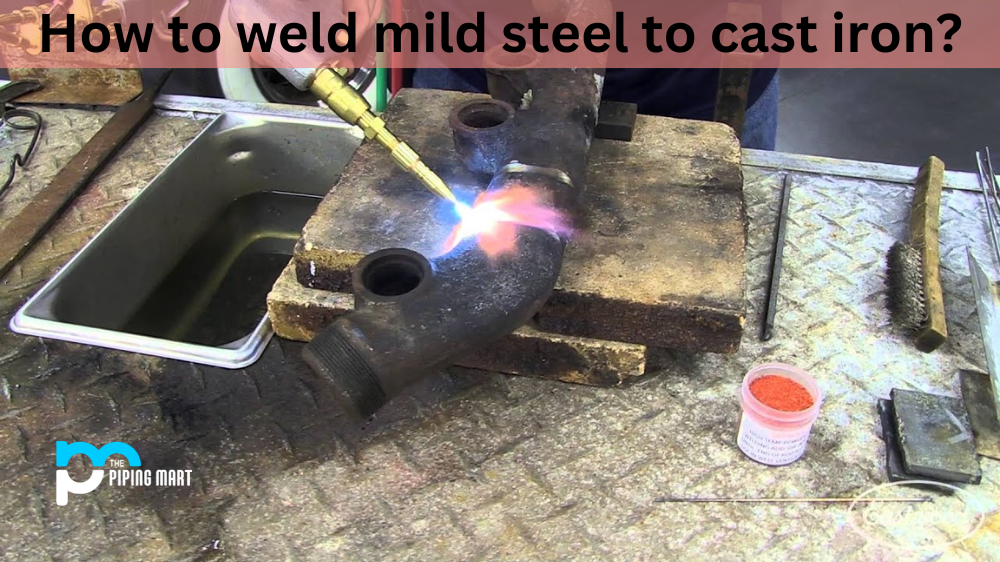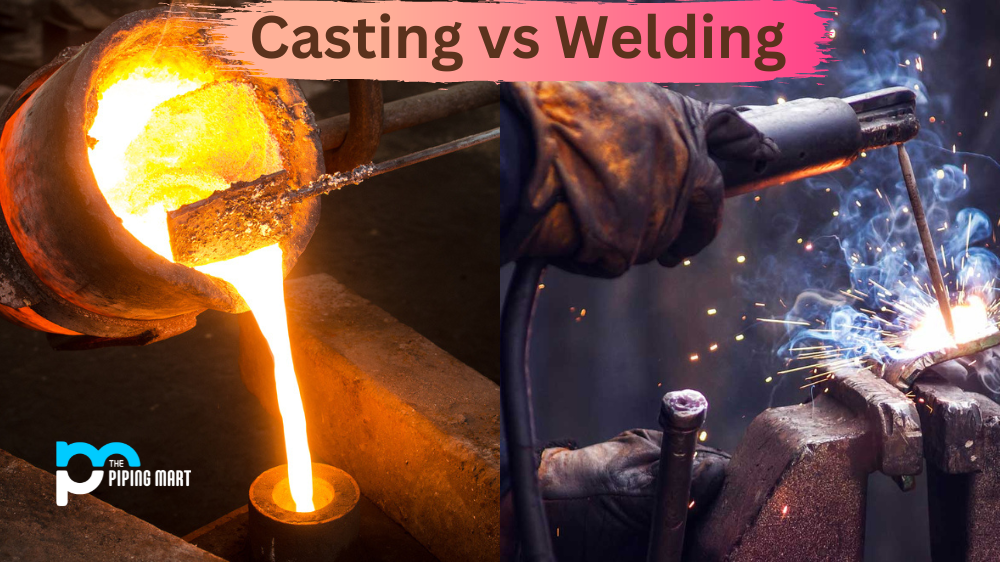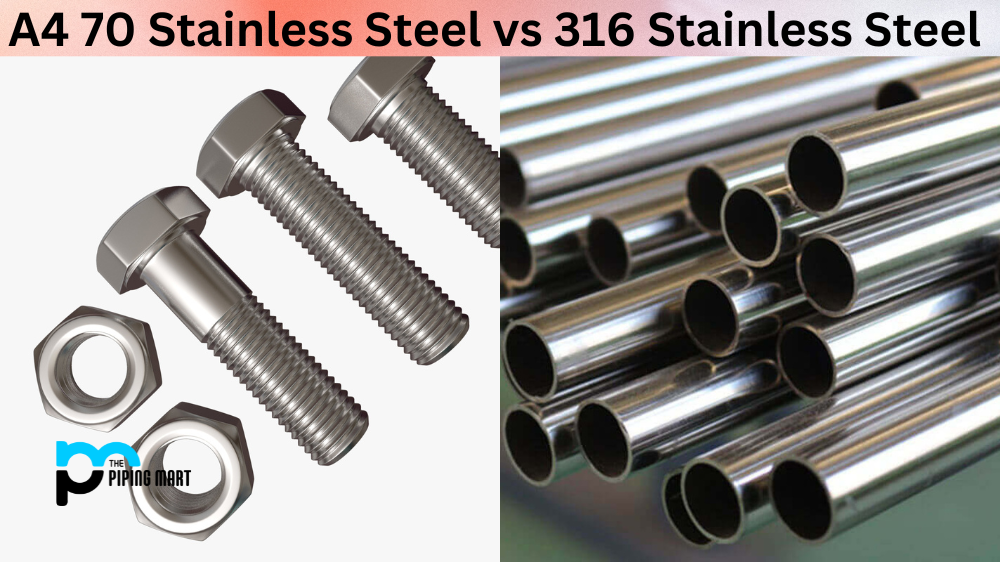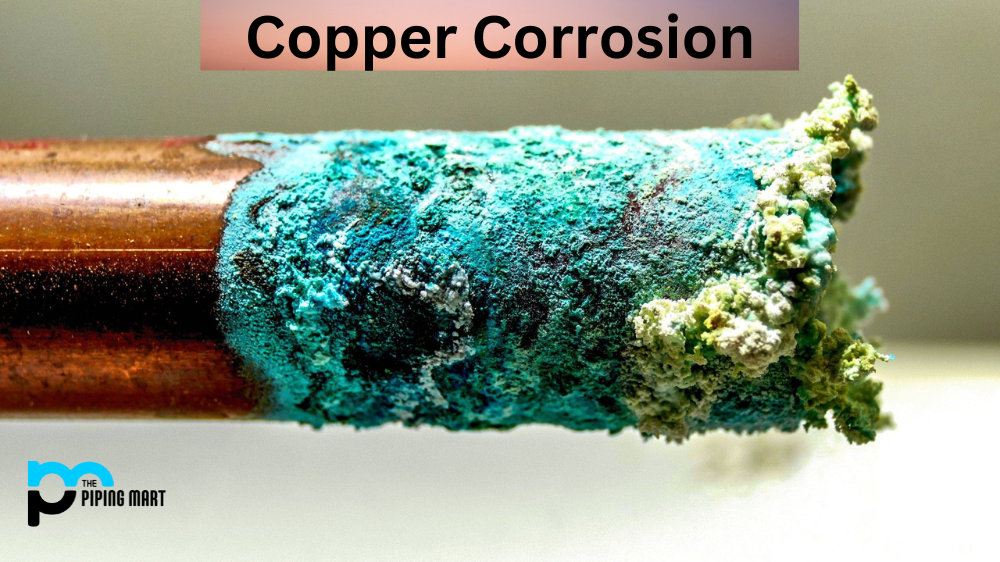For many welders, the idea of welding together two dissimilar metals—like mild steel and cast iron—can be intimidating. After all, if done incorrectly, the weld can fail, leaving you with a messy and costly cleanup job. Thankfully, however, it is entirely possible to successfully weld mild steel to cast iron. With the right tools and a bit of know-how, you can complete this task with relative ease! Let’s look at how it’s done.
Step 1: Clean It Up!
The first step in welding any two metals together is to make sure that both surfaces are clean. This means removing any dirt or debris from the area where you’ll be welding. You should also use a wire brush to scrub away any rust or corrosion that may have formed on either metal surface. The cleaner the surface area is before you begin welding, the better your final result will be.
Step 2: Prepare Your Equipment
The next step is to prepare your equipment. Depending on your setup, this could involve installing a new tip onto your welder or just making sure everything is plugged in and ready to go. Make sure that all components are securely connected and that there are no loose wires or connections that could cause an electrical hazard while working. If possible, test out your setup before beginning work on the actual metal pieces themselves.
Step 3: Set Your Welder
Now it’s time to set your welder for the job ahead of you. Most types of arc welders require some adjustments prior to use; these include setting the amperage for optimal performance as well as ensuring that the shielding gas pressure is at the proper level for effective shielding during welding operations. Once these adjustments have been made, then it’s time for you to begin welding!
Step 4: Start Welding
Now it’s finally time for you to start welding! Begin by making small tack welds in strategic places around where you plan on completing your joint; this will help ensure that both pieces of metal stay in place while you work on them more thoroughly later on. Once those tack welds have cooled down enough so that they won’t move when touched lightly with a finger (this usually takes less than 10 seconds), then it’s time for you to start laying down larger beads of filler material along your joint line until all areas have been covered adequately and smoothly with molten metal material from your welder gun tip nozzle.
Conclusion:
Welding mild steel to cast iron takes patience and practice but can definitely be done successfully with a bit of know-how and skillful technique! By following these steps closely and making sure that all safety guidelines are followed properly (such as wearing appropriate protective gear like gloves and goggles), you can easily achieve strong joints between two different types of metals without having too much difficulty or fear involved in the process! So don’t hesitate—to try out this skill today if you need it for an upcoming project!

Pipingmart is a B2B portal that specializes in metal, industrial and piping items. Additionally, we share the latest information and information about materials, products and various types of grades to assist businesses that are involved in this business.




